Chosen theme: Introductory Guided Meditation for Newcomers. Step into a welcoming practice designed for absolute beginners—gentle guidance, simple steps, and reassuring clarity to help you feel calm, present, and confident from your very first sit.
What Guided Meditation Means for Beginners
01
Guided meditation is a spoken journey where a calm voice leads your attention. Instead of figuring things out alone, you follow cues about breathing, body awareness, and gentle imagery to settle into ease.
02
Beginners often wonder, “Am I doing this right?” A guide reduces guesswork, normalizes distractions, and offers compassionate prompts. This structure builds confidence and momentum, making those first sessions feel welcoming rather than intimidating.
03
Expect simplicity: comfortable posture, soft breathing, and brief moments of focused attention. Wandering thoughts will appear—that’s normal. Your guide will help you notice, return, and relax, transforming uncertainty into a steady, supportive rhythm.
Setting Up Your First Practice Space
Pick a chair, cushion, or a folded blanket in a place with minimal interruptions. A small ritual—lighting a candle or placing a plant nearby—signals your mind that something caring and intentional is beginning.
Setting Up Your First Practice Space
Soft lighting eases the nervous system, while gentle background sounds or silence help focus. Set a forgiving timer for five minutes. Knowing it will chime frees you from clock-watching and encourages deeper settling.
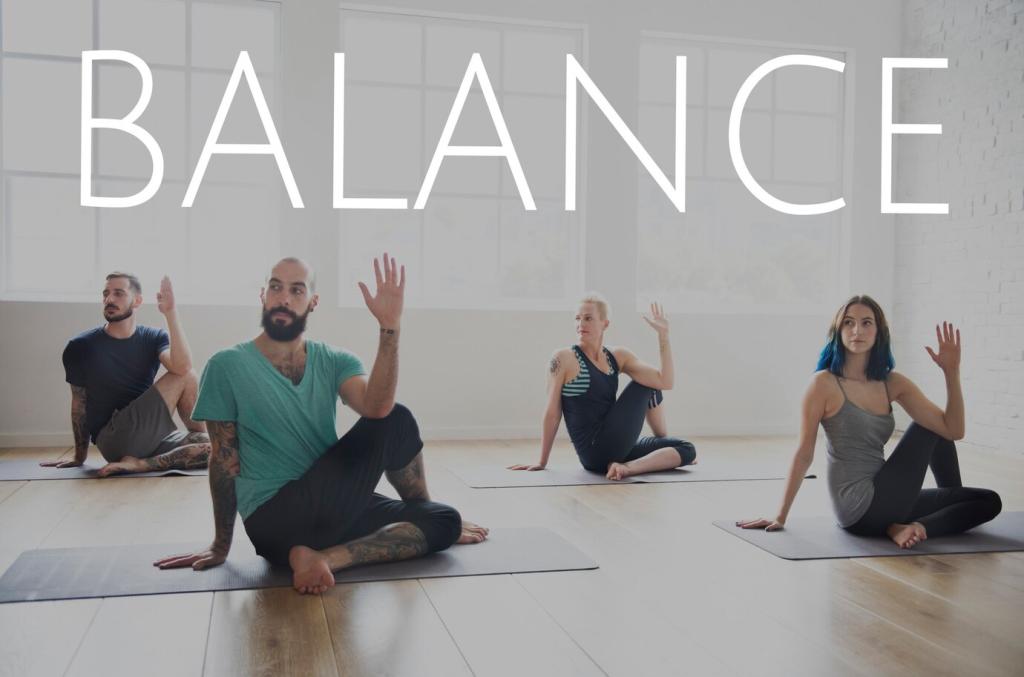
A 5-Minute Starter Script You Can Try Today
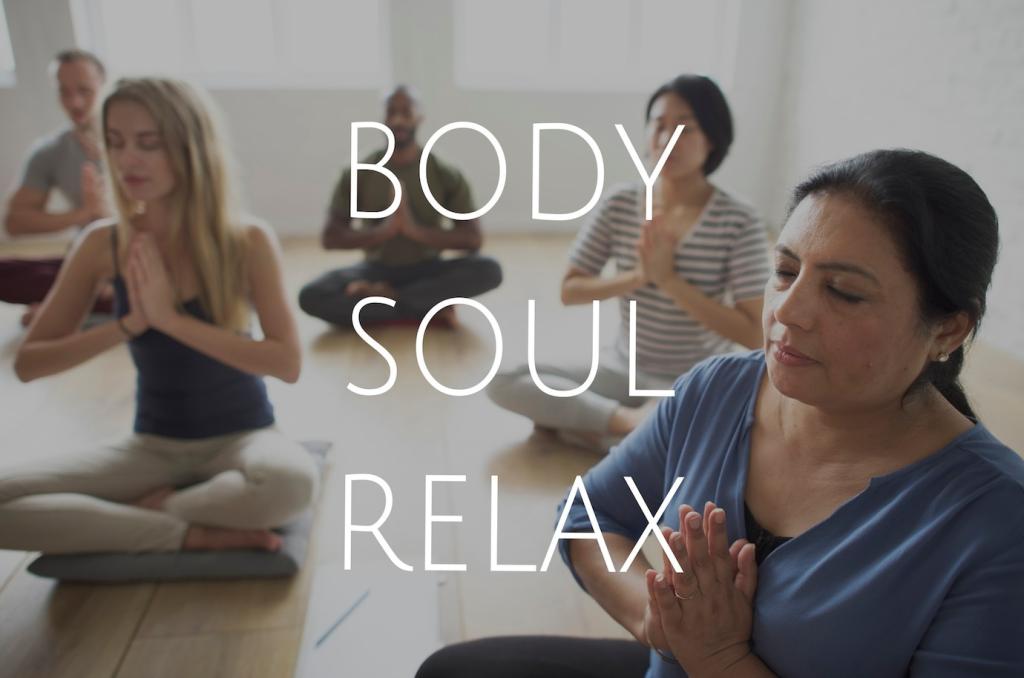
Minutes 0–1: Arrive and Settle
Close your eyes or soften your gaze. Feel the chair beneath you and the ground supporting you. Exhale longer than you inhale once or twice, then let breathing return to natural ease.
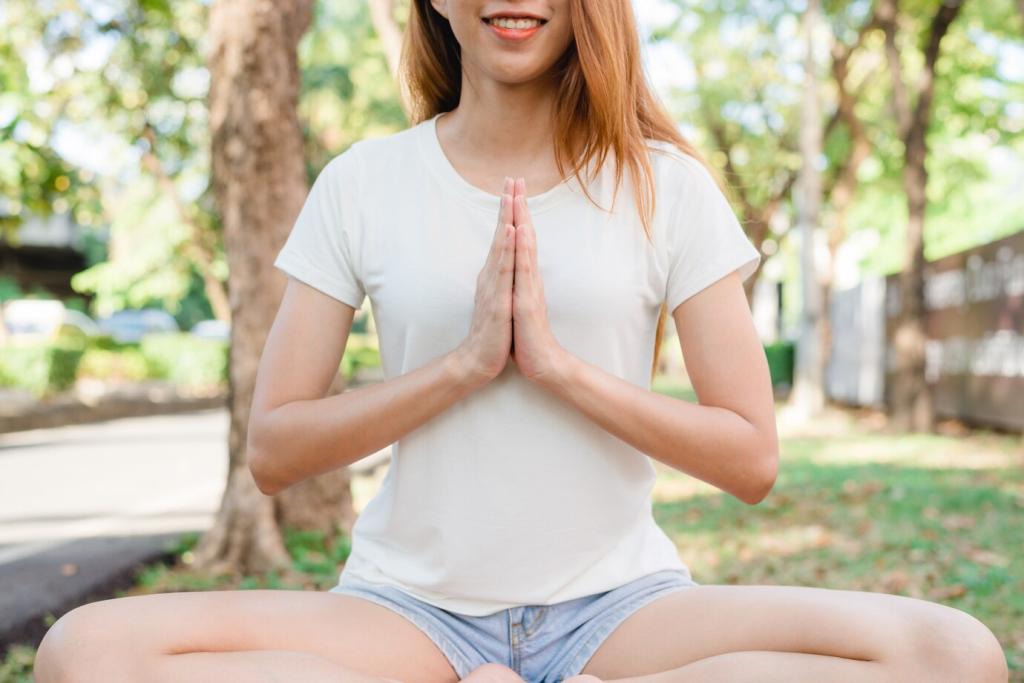
Minutes 2–3: Gentle Breath Awareness
Place attention where your breath is easiest to feel—nostrils, chest, or belly. Whisper silently, “In” on inhale, “Out” on exhale. When thoughts wander, notice kindly and return without judgment.
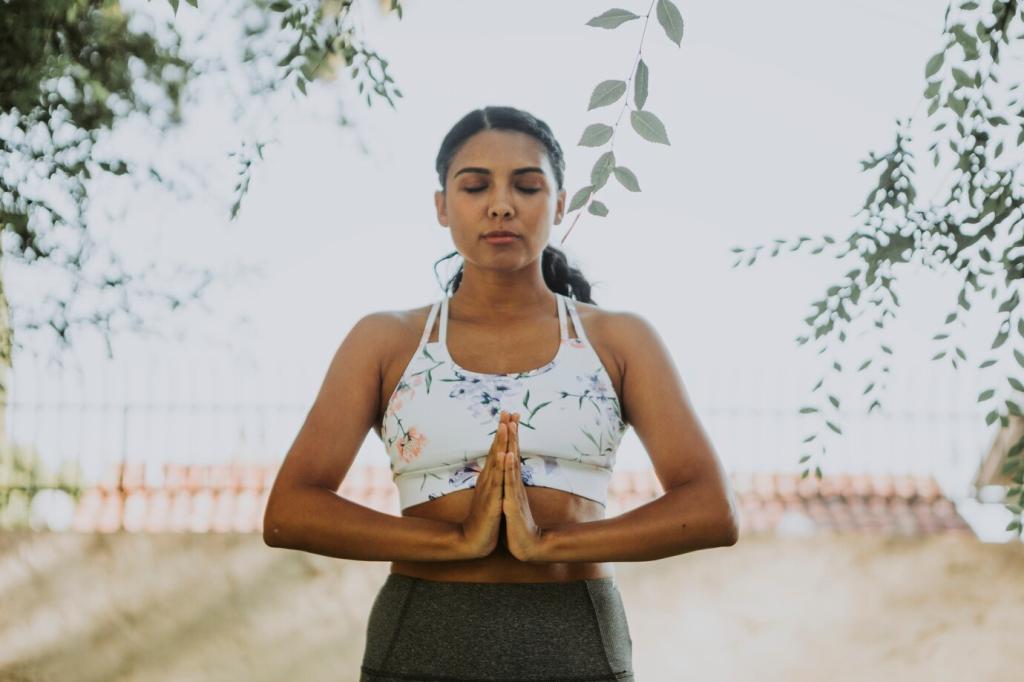
Minutes 4–5: Body Softening and Intention
Scan forehead, jaw, shoulders, and hands. Soften each area like warm sunlight melting snow. Close with an intention: “May I meet today with steadiness and care.” Open your eyes and notice how you feel.
Common Newcomer Obstacles and Gentle Solutions
Restlessness is normal. Treat each thought like a friendly passerby. Acknowledge it, then escort attention back to breath or sound. Short, frequent sessions train steadiness better than demanding marathons.
Science Snapshot: Early Benefits for Newcomers
Settling the Stress Response
Gentle breath attention can encourage the body’s relaxation response, lowering perceived stress. Even five to ten minutes may help you reset after busy days and approach challenges with steadier perspective.
Attention and Working Memory
Beginners often report clearer focus after short guided practices. By repeatedly returning attention to the breath, you gently strengthen the attentional “muscle,” supporting tasks that require sustained presence and fewer distractions.
Mood and Sleep Quality
Calming routines before bed—like brief guided meditation—may support more restful nights and a lighter mood. Consistency matters more than intensity, so pick a small daily window you can actually keep.
A Newcomer’s Story: From First Try to Friendly Habit
A reader named Maya expected failure. Three minutes in, her mind was loud, but the guide’s voice kept inviting a kind return. She finished surprised—still thoughtful, yet calmer around the edges.
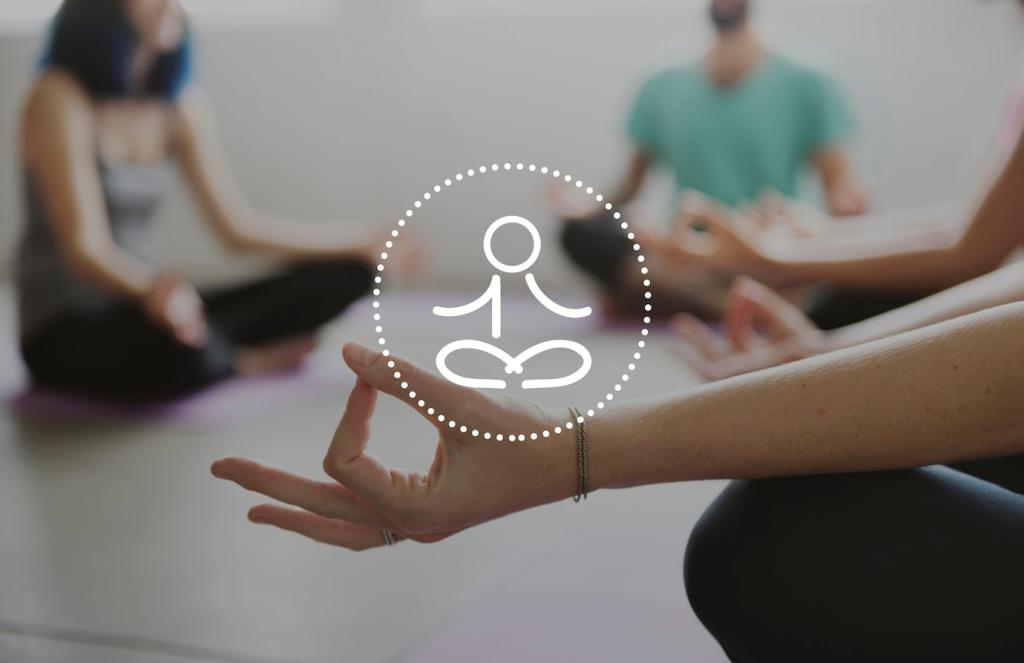
Keep Going: Build a Gentle, Consistent Practice
Tiny, Honest Commitments
Choose a commitment that feels ridiculously doable—three to five minutes, five days a week. Meeting small promises builds trust with yourself and naturally expands the time when you’re ready.
Track, Reflect, and Connect
Use a simple calendar checkmark or a notes app. Jot one sentence about how you felt. Share your reflections in the comments—community accountability makes starting and staying so much easier.
Celebrate Small Wins
Finished your first week? Celebrate with your favorite tea or a short walk. Positive reinforcement tells your nervous system that practice is safe, satisfying, and genuinely worth returning to tomorrow.
